How Bampton Castle became Ham Court: The manor house-turned-castle, and its return to life as an Oxfordshire house
Bampton Castle was an ambitious castle in the Cotswolds area that languished in obscurity after it was left unfinished in the early 14th century — though several hundred years later it became Ham Court, Oxfordshire, and is now the home of Matthew Rice. Edward Impey investigates the remarkable story of this building and its recent revival; photographs by Paul Highnam for Country Life.
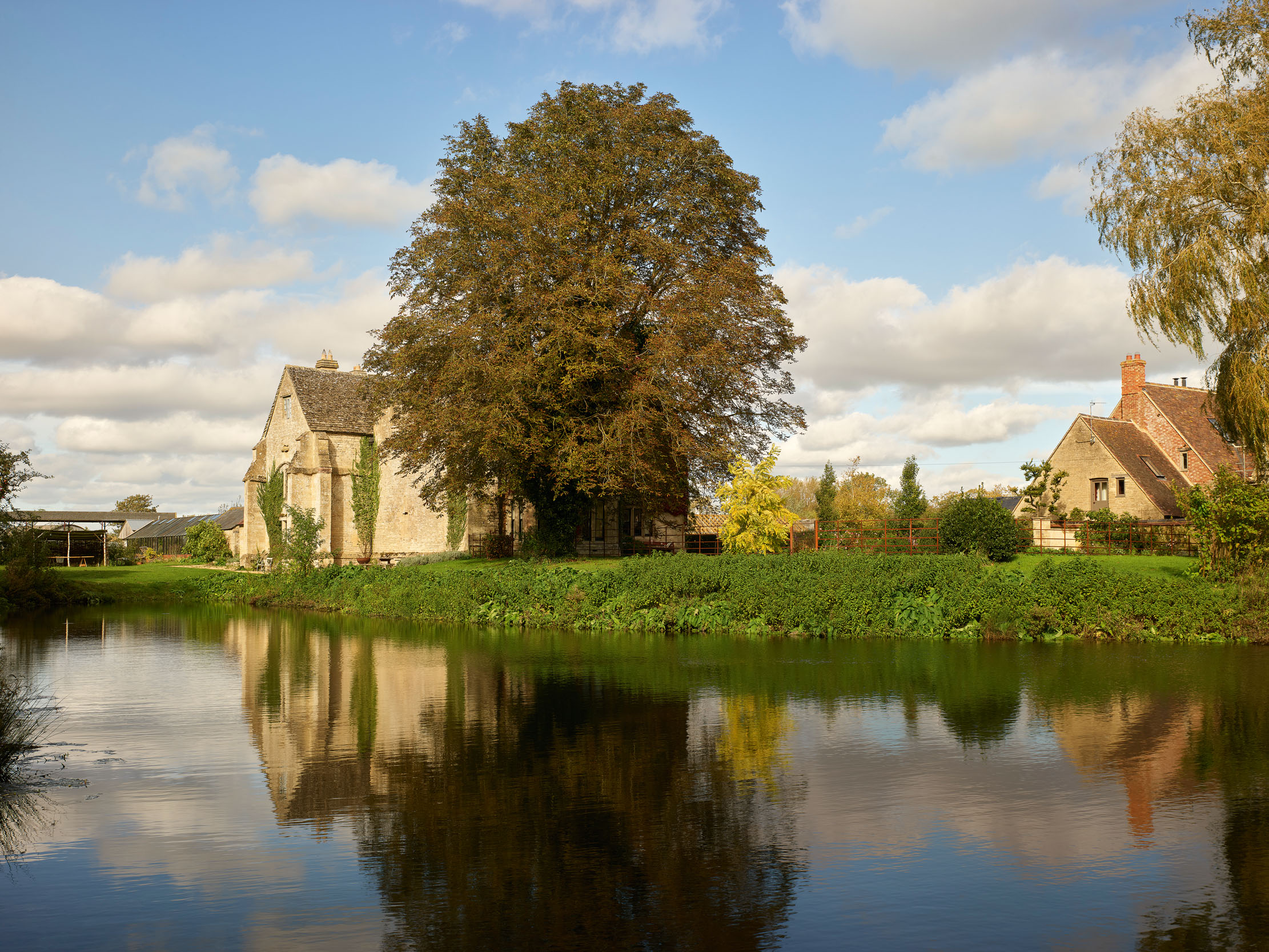
On May 3, 1315, eight years into the reign of Edward II, Aymer de Valence, Earl of Pembroke, obtained the King’s permission to fortify his manor house at Bampton in Oxfordshire. In this lies the origin of Bampton Castle, the exquisitely built and picturesque remains of which survive incorporated into a former farmhouse, called since the 17th century Ham Court (Fig 1). Although little known and neither finished nor ever used in anger, in form and purpose this is one of the more unusual and puzzling of England’s castles.
Aymer was born in about 1275. His paternal grandparents were the French nobleman Hugh, comte de la Marche, and Isabella of Angoulême, widow of King John of England and mother of Henry III (r. 1216–72). This made Aymer’s father, William de Valence, Henry’s half-brother, a familial link that yielded rich rewards. It also gained de Valence vast estates in France, in Poitou (centred on Poitiers), which passed to Aymer at his father’s death in 1296; he inherited his English, Welsh and Irish lands and the earldom from his mother in 1307.
Further French lands, in the Pas de Calais, were acquired on his second marriage, in 1321, to Marie de St Pol (d. 1377), the founder, in 1347, of Pembroke College, Cambridge, who commissioned her husband’s sumptuous monument and effigy in Westminster Abbey (Fig 5).
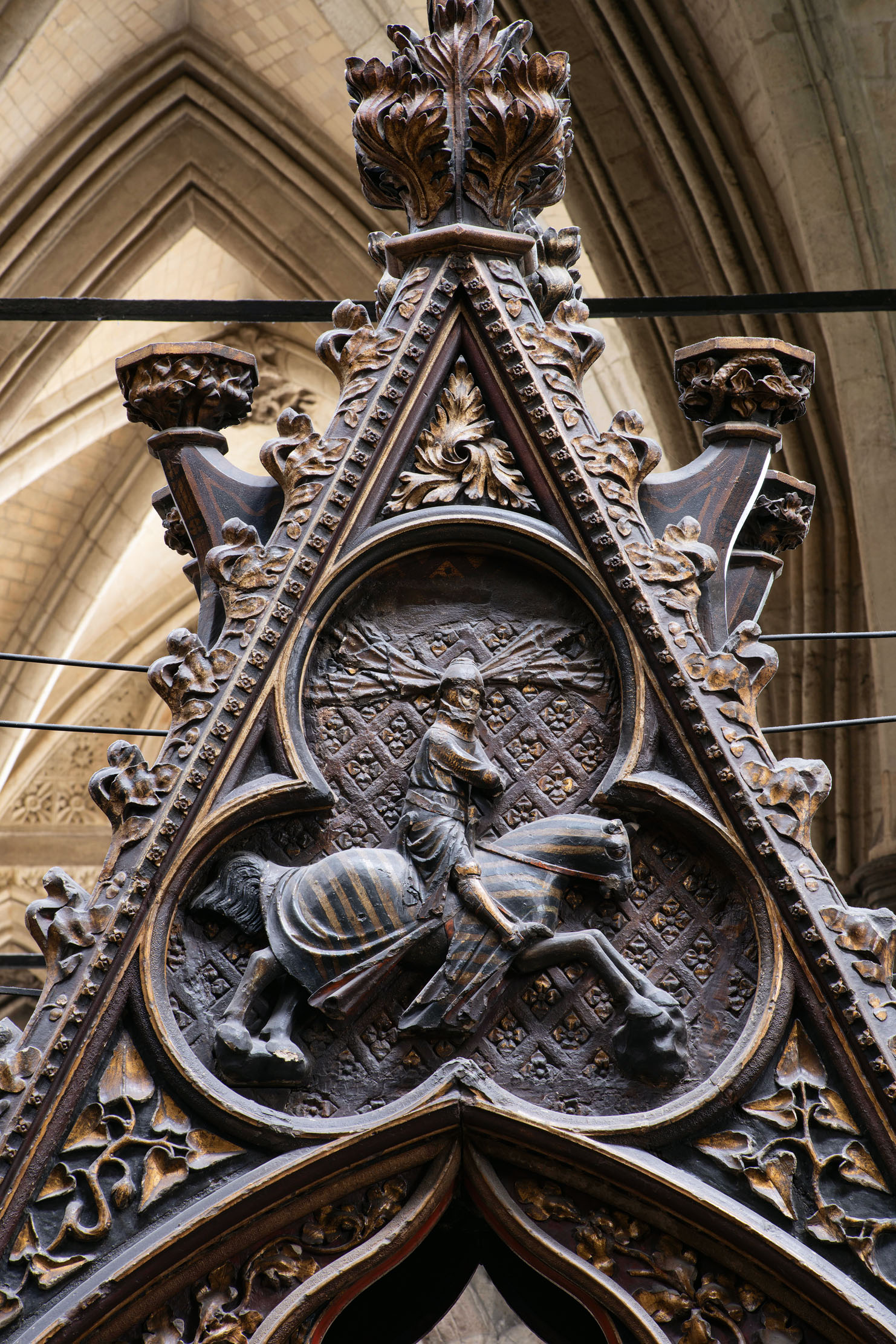
Aymer served Edward I (r. 1272–1307) as a soldier and diplomat, but — initially — became an opponent of his son, Edward II (r. 1307–26), as one of the Lords Ordainers — the group of barons whose ‘Ordinances’ aimed to limit the King’s authority and neutralise his unpopular favourite, Piers Gaveston. Aymer was entrusted with Gaveston’s custody and safety, leading to a major turning point in his life and one of his few known visits to Bampton. In June 1312, Gaveston was brought to Deddington, Oxfordshire, and lodged at the rectory as Aymer set off ‘with indecent haste’ on the 20-mile ride to see his young wife, Beatrice de Clermont, at ‘Bametone’.
In his absence, the prisoner was seized and beheaded by Guy de Beauchamp, Earl of Warwick, an episode that shamed Aymer. Thereafter, he took Edward II’s side and, at the Battle of Bannockburn in 1314, seems to have saved the King’s life. In 1317, returning from a diplomatic mission to Avignon, he was captured and held to ransom, from which his finances never recovered. He died suddenly, in France, in 1324.
Exactly why Aymer chose to fortify his house at Bampton in 1315 is not clear. Certainly, the estate stands on a direct route between his western lands and castles at Goodrich and Pembroke and London, as well as property in Kent and East Anglia, and must have served as a stopping-off place for himself, his wife and their retinues. Increasing its security and grandeur would have made sense. More compelling reasons, however, may lie in Aymer’s loss of his recently fortified manor house at Thorpe Waterville, Northamptonshire, to his arch-enemy, Thomas of Lancaster, in September 1314. He was compensated for this loss, but it’s easy to imagine his desire for a secure and ostentatious base at a site of undisputed title to replace it and proclaim his authority in the Midlands.
What is actually known of Aymer’s creation comes from its standing remains, excavation and 17th- and 19th-century notes and drawings, most importantly by the fiery and energetic antiquary Anthony Wood (1632–95). Wood visited the ‘ruines’ on September 6–7, 1664 and drew the surviving central gatehouse flanked by stretches of curtain wall (Fig 3). As the accompanying notes explain, we see ‘two corner towers’, ‘the cheife gatehouse’ and ‘two demi-round towers, jutting out from the wall supported by pillars… partly built in the wall and partly standing without’ (on buttresses). The drawing shows battlements along the whole front, every second one pierced by a cross-shaped arrow loop, as are the towers — three tiers of them — and the curtain wall, 10 per side. The dimen — sions imply a frontage of an incredible 360ft.
Exquisite houses, the beauty of Nature, and how to get the most from your life, straight to your inbox.

Crucially, Wood also notes that ‘the castle hath been moated around… and built quadrangular. It had a round tower at each corner… besides a large and high gatehouse, tower-like, on the west and east sides (and some say on every side)’. On this basis, we can be nearly certain that, overall, the castle consisted of a huge, three-acre quadrangular enclosure with two main gatehouses.
As archaeology has shown, however, the ramparts and moat were clearly never finished, presumably victims of Aymer’s money problems after 1317. After Wood’s visit, the arches at the front and back of the west gatehouse were walled up, a floor inserted across the gate passage and the upper storey lost. The gate passage itself is spanned by two eight-part-vaulted bays, each with an elaborate boss, unusual enrichments for a castle at this date (Fig 8).

The outer gatehouse archway was closed only by gates — no portcullis or drawbridge — but above the outer arch is a horizontal slit, clearly a water chute to quench fire set against the gates. This is a rare detail paralleled in 13th-century buildings at Dover and Leybourne, Kent; Caerphilly, Gwent; and Llansteffan, Carmarthenshire.
To the south, set back from the gateway, is a short stretch of curtain wall, about 24ft high and 6ft thick, crowned with battlements (one of which is a 19th-century re-creation). That in the centre incorporates a cross-shaped arrow loop and, in the wall below and the side walls to the gatehouse, are larger versions with embrasures behind. Throughout, the Taynton stone dressings are of exceptional quality (Fig 2).
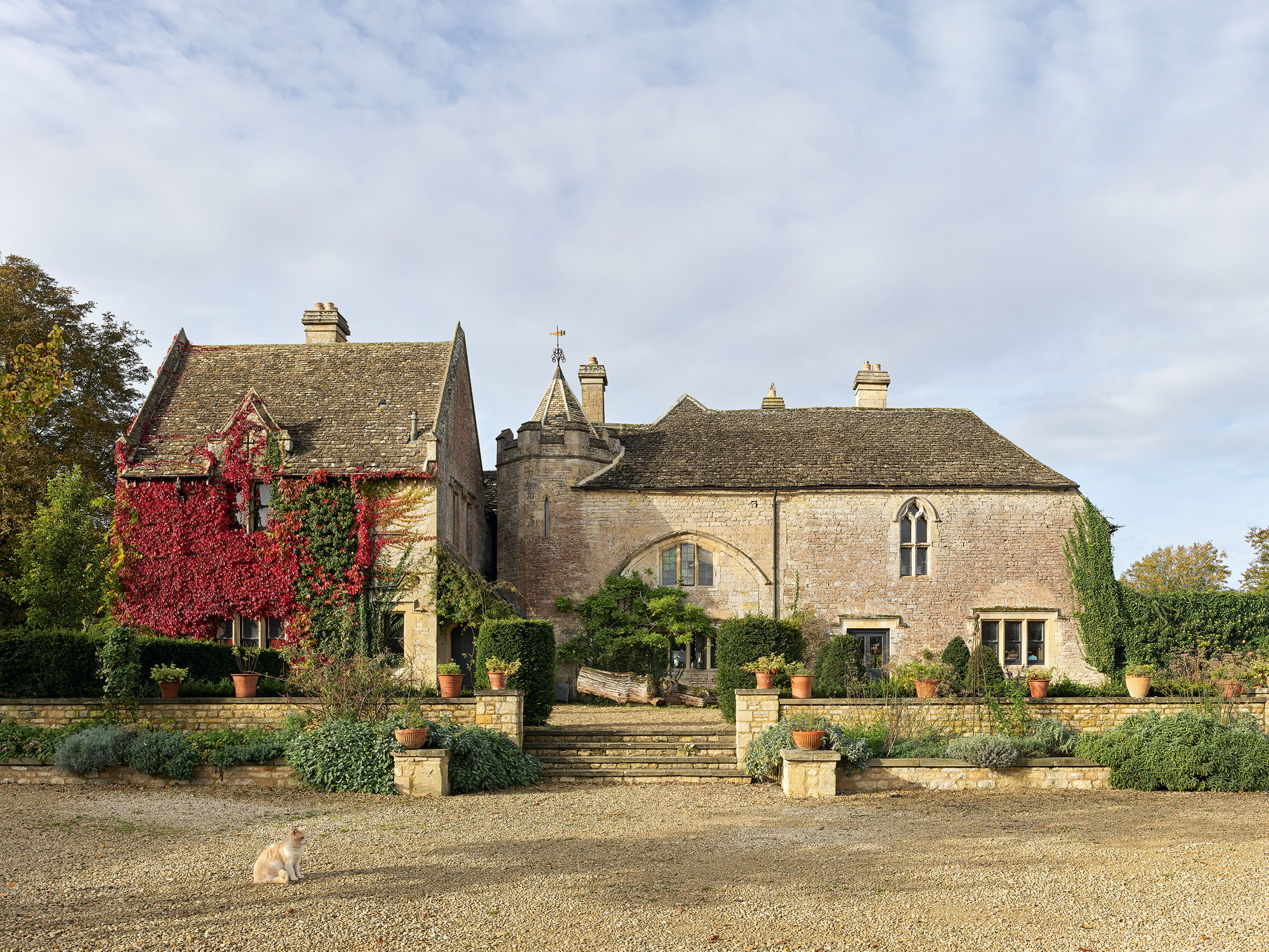
As shown by Wood, there was clearly a room over the gate passage and, above that, a battlemented parapet. The room was reached by spiral stair in a five-sided turret attached to the south wall of the gatehouse, on the bailey side, entered from the gate passage (it has a polygonal pointed roof and miniature crenel — lations of the 1870s). The stair is remarkable in the treatment of the underside of the treads, dressed to form a continuous, smooth, sweeping, helicoidal surface, a rare sophistication.
As to be expected, the room had a fireplace, as shown by the elegant and decorated chimneystack shown in drawings of 1821 and an engraving of 1853. This was taken down in the 1870s, but its position is clear in the fabric. To the north of the gatehouse is a two-storey range, parallel to, but separate from the curtain wall, leaving access to the arrow loops. Downstairs, no medieval features survive, but the chamber above has a stone fireplace, with elegantly moulded jambs and a corbelled stone hood (Fig 7), and a two-light transomed window facing the former bailey (Fig 6), all consistent with a date of about 1315. Traces of what was probably a spiral stair survive at the north end.

Wood’s ‘demi-round towers’ on the line of the curtain wall are lost, but a massive curved coping stone from one of them was found when re-excavating the moat in 2013. These are another unusual feature paralleled at Dunstanburgh, Northumberland; Pickering, North Yorkshire; the town walls of Newcastle, and most closely at Tutbury, Staffordshire, all of about 1320, but not all of this elegant form and none with buttresses.
Aymer’s castle, then, was very large and rich in rare, unique and precocious features. Reasons for building it have been suggested. But it remains to consider why he chose the form he did and whether its design and structure reveal further detail about its intended function. Size apart, the most notable feature is its square plan. This was an obvious arrangement and routinely used in England by the Romans, as, for example, at Portchester, Hampshire. However, among English castles, it pre-dates the obvious parallels sharing squareness and mural towers, such as Gresham, Norfolk (after 1318); Maxstoke, Warwickshire (after 1337); and Bodiam, East Sussex (about 1380–85). One important pre-1315 precursor, however, rightly cited by others, is Beaumaris (Anglesey), begun in 1295 and left unfinished in the 1330s.
In plan at least, however, the most obvious equivalents are in France, including at Druyes-les-Belles Fontaines (Yonne) of the later 12th century; the Louvre in Paris (about 1200); Dourdan (Essonne), about 1220; Thiers-sur-Thève (Oise), about 1250; Montaiguillon (Seine-et-Marne), of the mid 13th century; and Diant (Seine-et-Marne), of the later 13th century. Alas, none of Aymer’s Continental castles survives sufficiently to bear comparison, but the examples listed and their ilk suggest that he, his officers or his architect might have had a French castle or two in mind when conceiving the great scheme for Bampton.
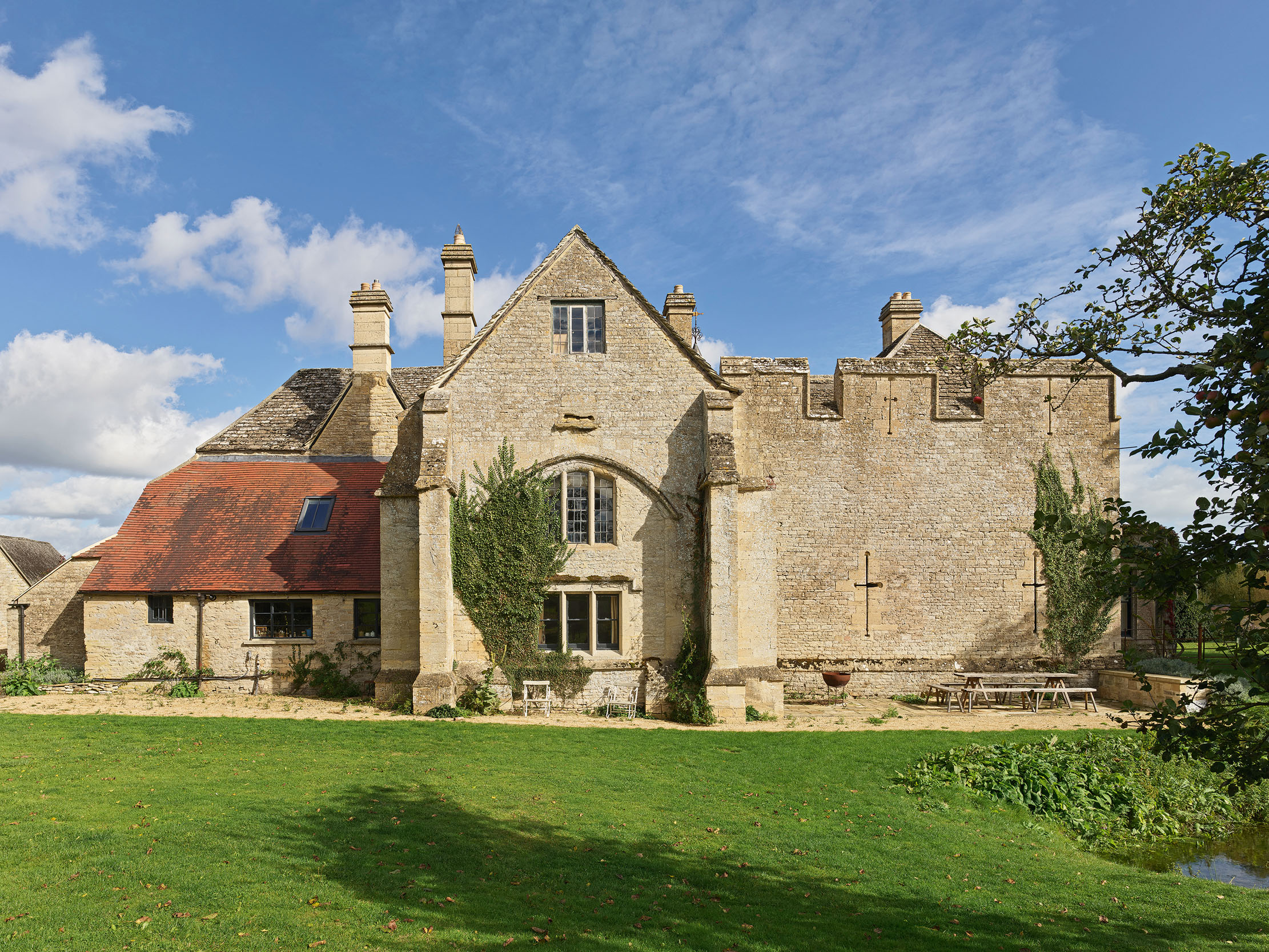
There are, however, two important differences between these comparators and Bampton, with implications for its intended function. First, Bampton is vastly larger than all of them and would have required an enormous force to defend it, perhaps unfeasibly so. Second, and more importantly, its low, slender walls and minimal gate defences are quite unlike the mighty towers, ramparts and gatehouses of Beaumaris, the French examples, or of Aymer’s own castles at Goodrich and Pembroke: even its moat, above the level of the local watercourse (as at Bodiam), could have been drained by any determined assailant. In this, Bampton is in good company, as many English castles, although made imposing by the architectural trappings of fortification, proof against local mobs, feuding neighbours and marauders, would have been useless against a well-equipped besieging army.
Aymer’s intention was clearly not to build a mighty fortress. Rather, it may have been to give a favoured country house, built or improved by his father, an architectural frame, lending it a degree of security, but, above all, status, dignity and prestige: with its walls and towers reflected in its broad moat, it would, perhaps above all, have been a magnificent sight (Fig 4). As such, its obvious comparators are great houses surrounded by similar ‘trappings’, such as at nearby Broughton Castle; the Bishop’s Palace at Wells, Somerset, (about 1340); and Penshurst, Kent (about 1341); or those of monasteries such as St Mary’s, York, where defences of similar form and date survive largely intact.

After Aymer’s death, the property passed through his niece to the Talbots, later Earls (and eventually Dukes) of Shrewsbury, and remained theirs until 1865, when ‘Ham Court’ or ‘Castle Farm’ was bought by Jesus College, Oxford. The Talbots’ ownership may have seen the surviving buildings briefly abandoned after the mid 1660s, an explanation for the lack of any medieval timberwork and the loss of the gate tower chamber, before re-occupation and alteration in about 1700. Further improvements were made in the mid 18th century and the existing southern wing added in about 1870.
In 2011, the house was bought from the college by the illustrator and author Matthew Rice, with his then wife, Emma Bridgewater of pottery fame. The Victorian barns now house his design studio. Plans are afoot for further study, landscaping and light-touch building, to ‘recapture’, as Mr Rice puts it, the presence of Aymer’s castle and give context to its scant, but remarkable remains.
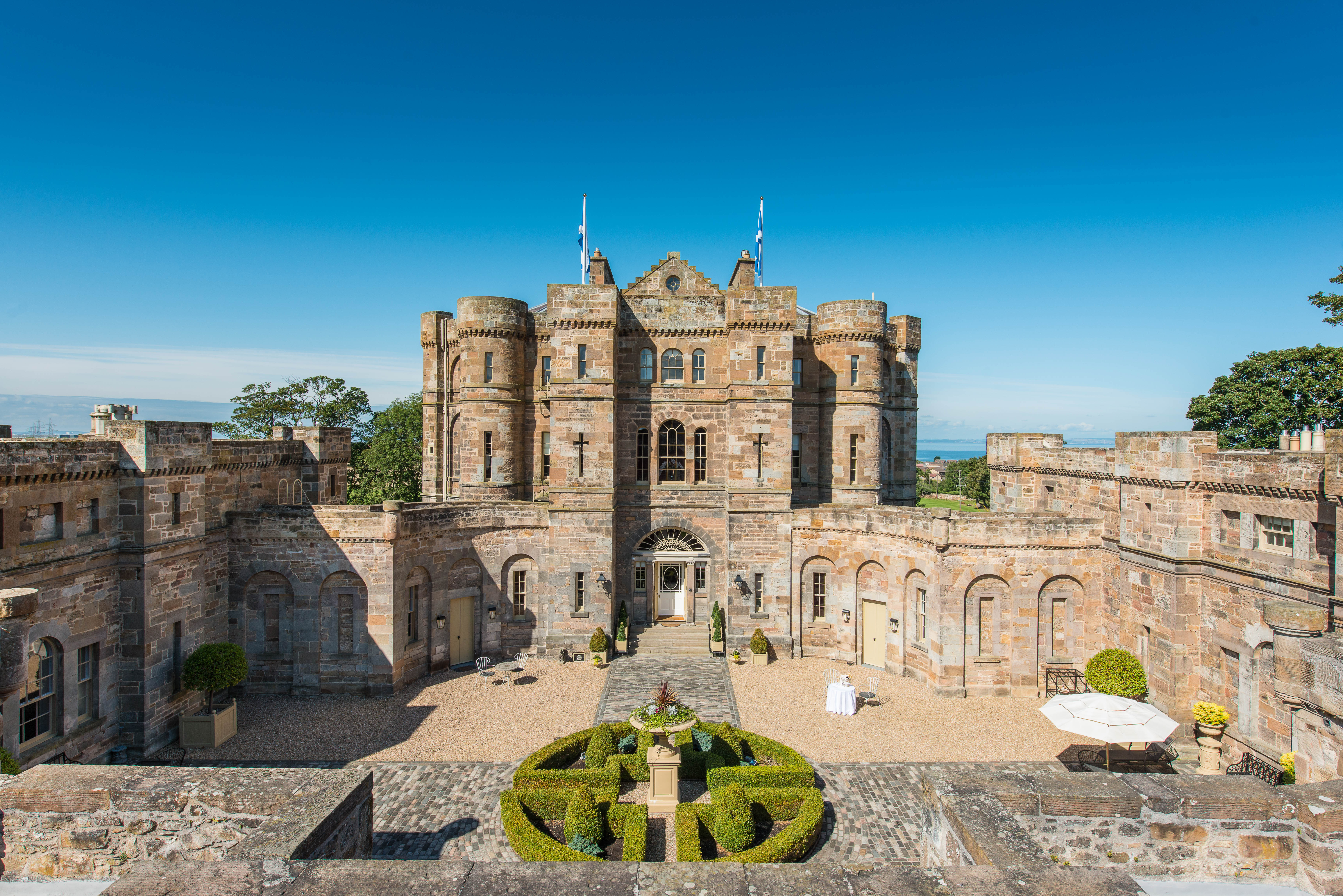
Scotland's most expensive private house comes up for sale for the second time since 1796
Seton Castle's history is a fascinating mix of ups and downs as Penny Churchill explains.
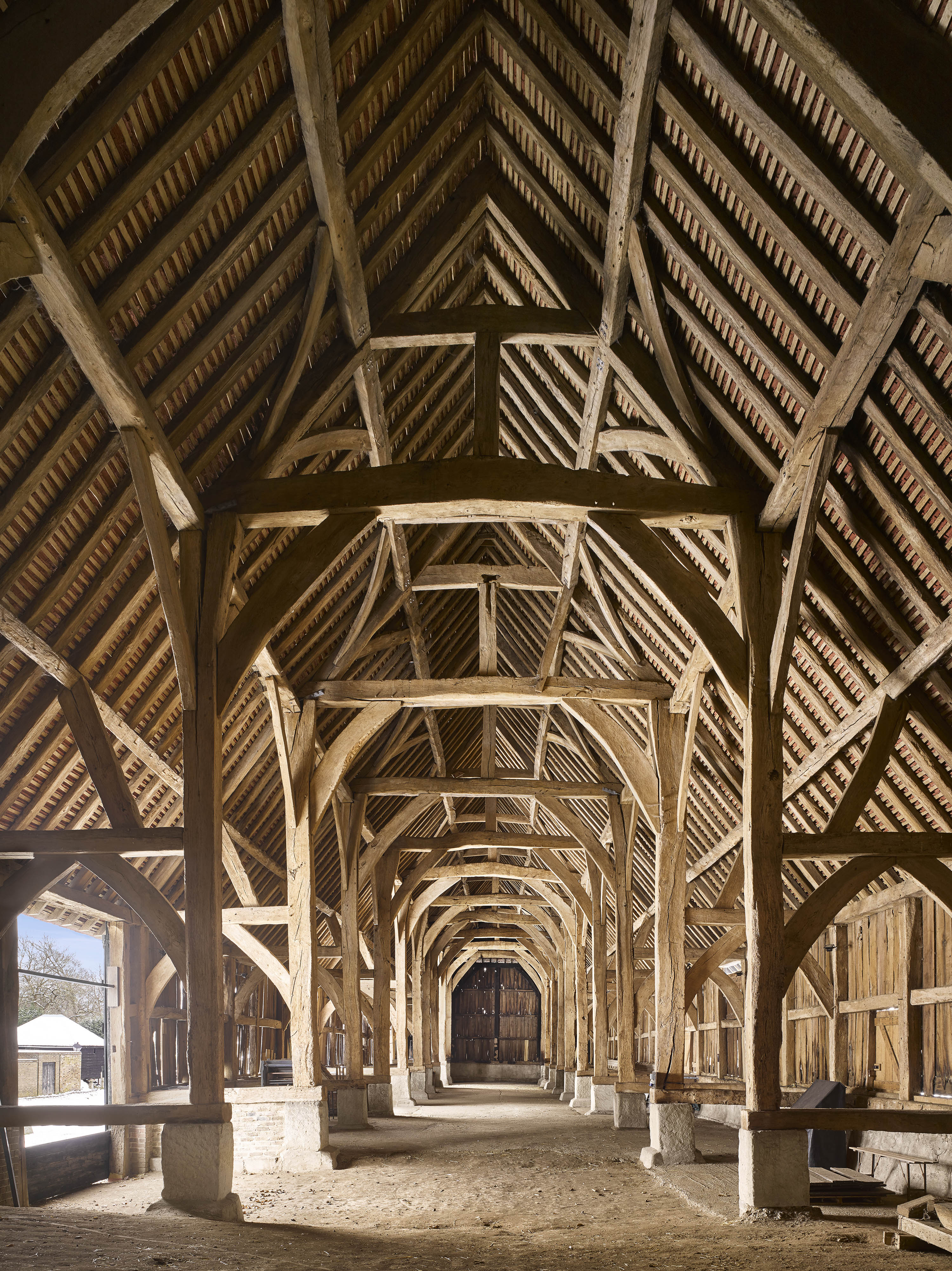
The Great Barn at Harmondsworth: 600 years of grandeur, history and restoration, now under threat by Heathrow's third runway
The Great Barn at Harmondsworth is the largest standing medieval timber-framed structure in Britain – and it has just been restored.
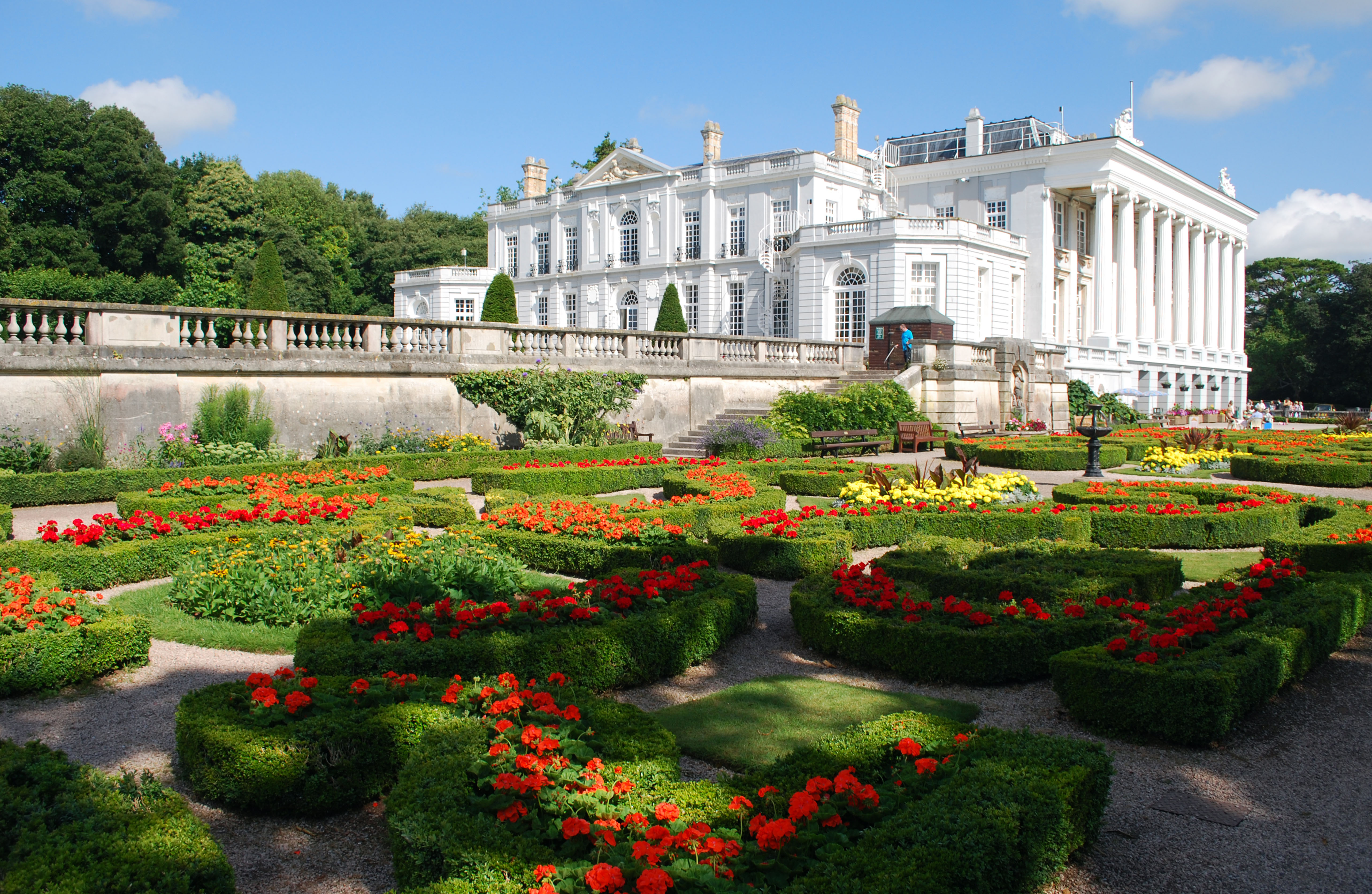
Country Life's top 10 architecture stories of 2019, from Old London Bridge to the Brighton Pavilion
Though we may of course be biased, but Country Life's team of architecture writers do justice to the greatest buildings

Sudeley Castle: The tumultuous tale of one of the finest castles in the Cotswolds
John Goodall tells the story of Sudeley Castle, Gloucestershire, and explains how a soldier — probably with the help of